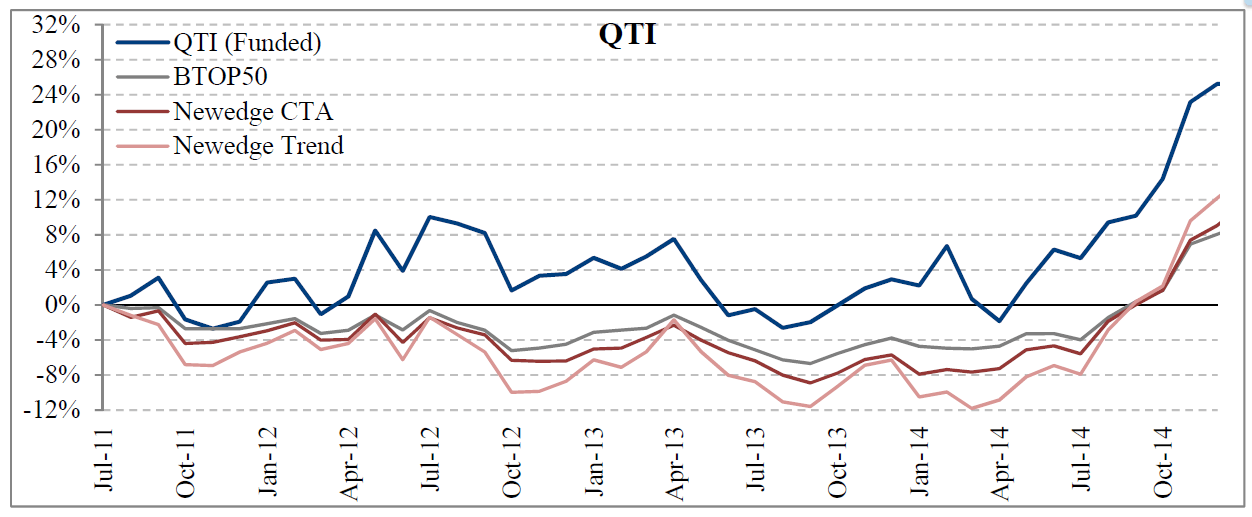Trading Volatility The Quest To Outperform The Market
Post on: 19 Май, 2015 No Comment

The Quest To Outperform The Market
Chances are, if you’re an active trader in this market you are struggling to make money. In reality it’s a tough game, one in which hedge funds and mutual funds constantly underperform the market. In 2012, 88% of hedge funds and 65% of mutual funds underperformed the S&P 500 benchmark. In 2013, the hedge fund average trailed the S&P 500 for the fifth straight year with a 7.4% return, 23 percentage points below the S&P 500 .
Why do so many professionals and individual investors lose money? Because in order to be successful in trading you need both a good plan and the discipline to execute against the plan. Without both of these a trader will fail to make money consistently.
While we can’t really help you with the discipline, we can help you with the plan. We focus most on trading two securities, VXX (the volatility futures fund) and XIV (the inverse volatility futures fund), based on the direction of the fund’s built-in Bias. The Bias is our proprietary way of measuring the current directional force on the fund and is primarily based on the price structure of VIX futures and the internal mechanisms that the funds use to manage their holdings. As these values change each day we measure and report on the Biases in our Daily Forecasts so that we know both their direction and magnitude.
With that information, we apply the simple strategy of buying XIV when the VXX Bias is negative, or buying VXX when the VXX Bias is positive. Trading in the direction of the Bias is critical since it can impact the price of the fund by as much as 10% per week. Trading in the direction of the Bias allows traders to take advantage of the funds structure and can provide an edge in trading.
Over the past couple years, XIV has become a popular fund to own with annual returns of 142% and 85% in 2012 and 2013, respectively. But this is not a fund to buy and hold since it is prone to 80%+ losses if the Bias reverses (see XIV: When a Sure Thing Goes Bad ). You can see in the table below that while the average annual return of XIV is 46%*, it experienced several ugly years when there was an unfavorable Bias. Rather than suffer through these losses, XIV can be sold whenever the VXX Bias is positive to help reduce drawdowns. This Negative VXX Bias strategy has been shown to substantially outperform XIV in 6 of the past 8 years, with an average excess performance of 48 percentage points (far right column, below).














